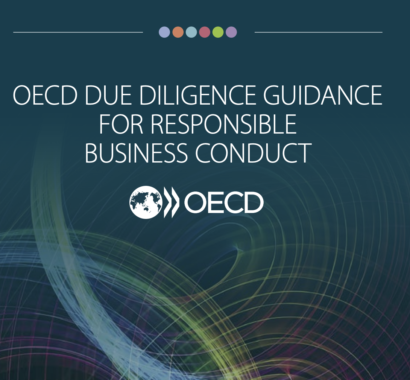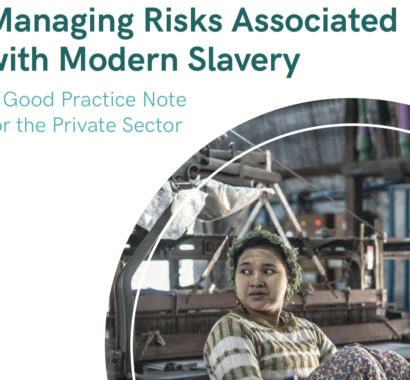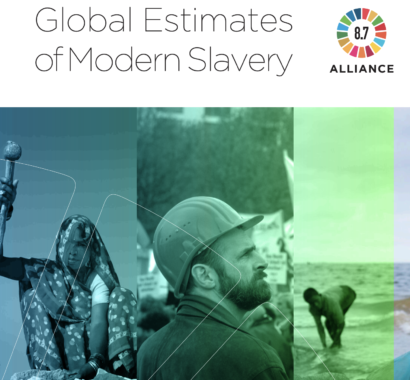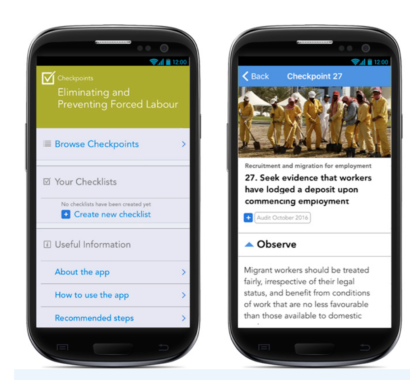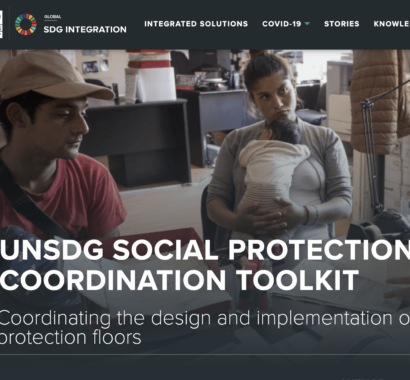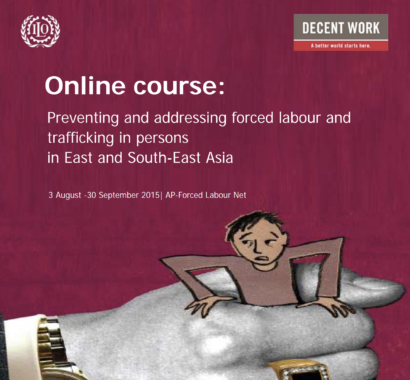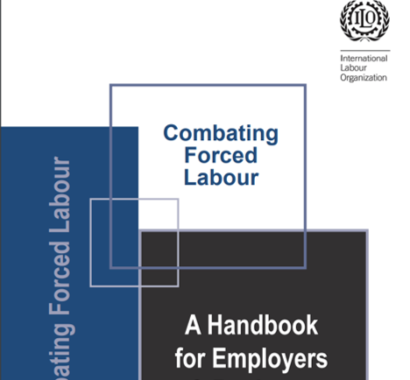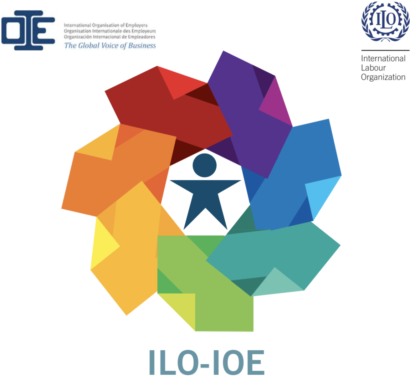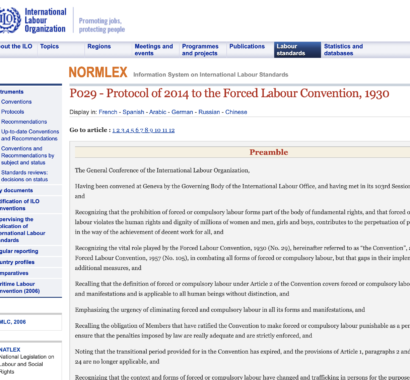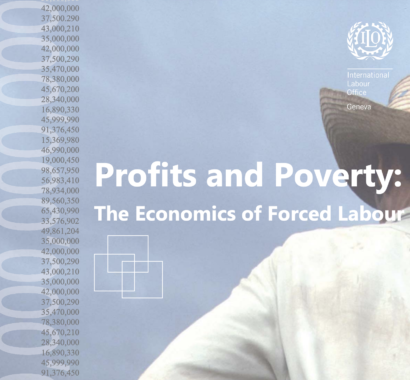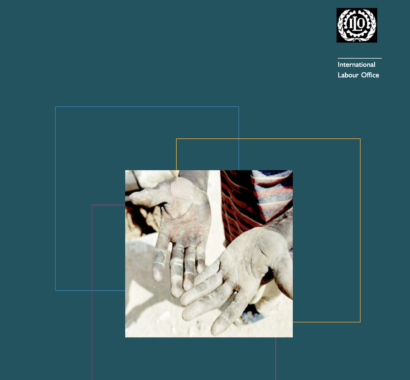2018
Using blockchain to combat modern slavery
A blockchain is a digitally distributed, decentralized, public ledger that exists across a network. It facilitates the process of recording transactions and tracking assets and is used, for example, in cryptocurrencies such as bitcoin. This short guide introduces blockchain technology, and the various ways in which it is being applied in the fight against modern slavery.

